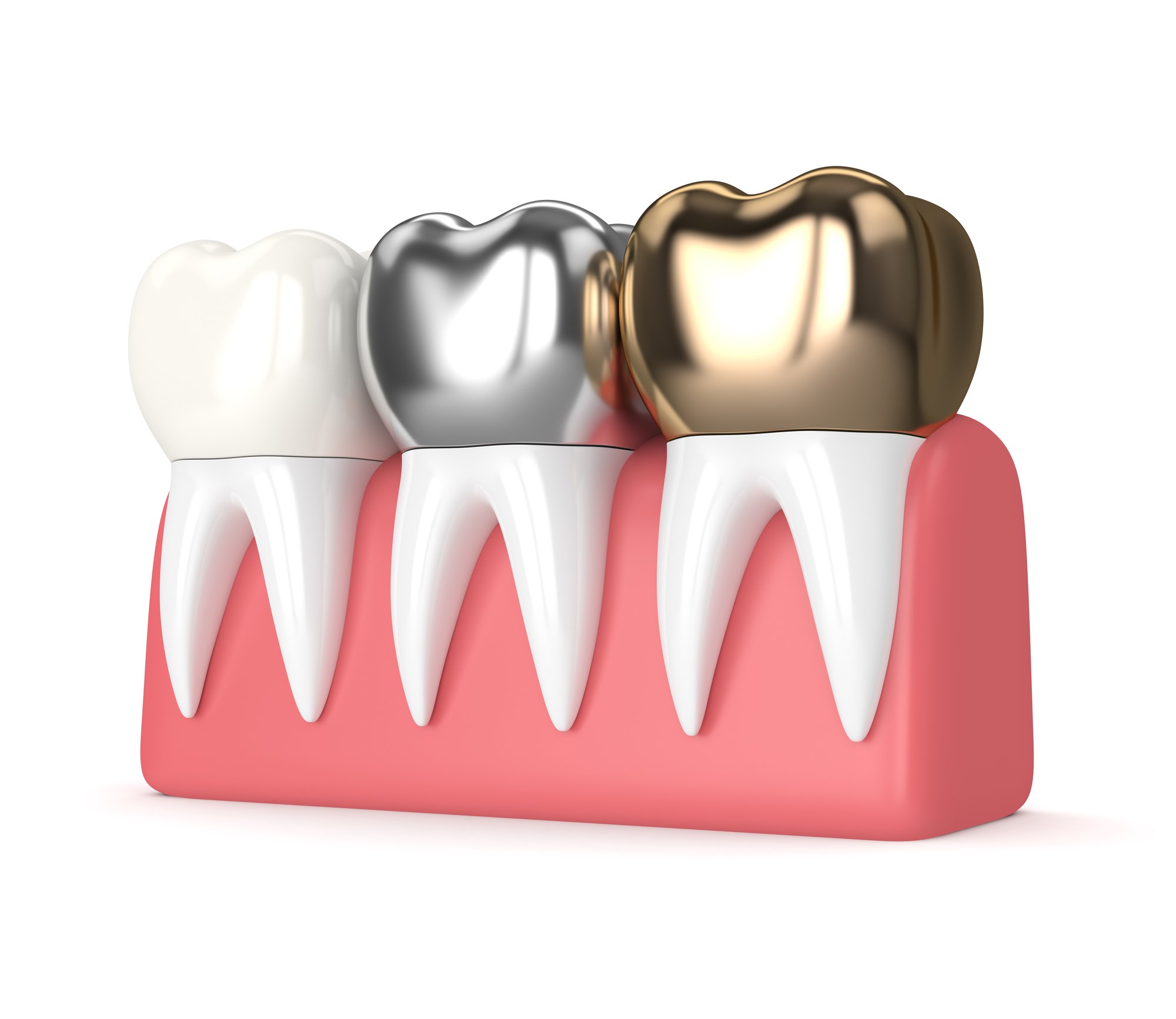
Dental crowns are a common solution for all types of dental problems. Have a cracked tooth? Have multiple damaged teeth because of teeth grinding? Need a dental bridge? A tooth crown can restore one or more teeth in all of these situations. Patients who have cavities too large for fillings, need a root canal, or have a weakened tooth may also need a dental crown.
Continue reading to learn about the purpose and particulars of tooth crowns.
Is there more than one type of tooth crown?
Dental crowns can be made from several materials, including:
- Metal
- Porcelain
- Ceramic
- Zirconia
- Composite resin
- Porcelain-fused-to-metal (PFM)
- Other combinations of materials
Additionally, there are temporary crowns, same-day crowns, and onlays. Temporary tooth crowns are typically made from an acrylic-based material or stainless steel. Same-day crowns are permanent crowns that are created in-office with CAD/CAM technology. Onlays are also called ¾ crowns and only cover a portion of a tooth.
Be sure to talk with your dentist about the advantages and disadvantages of each type of dental crown.
How is a dental crown placed?
For a traditional dental crown, dentists usually require two appointments: one to prepare the tooth and one to place the crown.
The first appointment includes an x-ray, taking a mold of the mouth, shaving down the tooth, and placing a temporary crown.
During the final appointment, the dentist places the custom-made, permanent dental crown using a dental bonding material.
Are there any alternatives to a crown?
Tooth crowns do their jobs so well that there is only one other option for certain situations. For example, a tooth that is discolored or only cosmetically damaged may be a candidate for a veneer which only covers the front surface of the tooth. A dental veneer will prevent the chip or crack from spreading to the inner part or root of the tooth.
How much does a tooth crown cost?
According to colgate.com, a tooth crown can cost between $1100 and $2000. Factors that affect the cost of a tooth crown include:
- Where you live
- The dentist you choose
- The dental crown material
- Size of the crown
- Necessary prep work
Talk to your dentist about their payment options as well as how much of the cost would be covered by insurance.
How do I care for a dental crown?
Once a tooth crown has been placed, it doesn’t require any special care. So long as you practice proper oral hygiene and visit the dentist regularly, the crown should remain healthy and successful.
Here’s what we mean by “proper oral hygiene”:
- Brush twice a day with a soft-bristled toothbrush and fluoride toothpaste
- Floss at least once a day
- Consume a healthy diet
- Drink plenty of water
- Quit smoking or chewing tobacco
- Avoid crunchy or hard foods
Some patients with tooth crowns experience dental sensitivity. If you experience this, try using a toothpaste for sensitivity or talk to your dentist about other options to reduce the discomfort.
For More Information About Tooth Crowns
Not sure if you need a dental crown? Have more questions? Our team at Magic Smiles in Woolgoolga and Coffs Harbour are prepared to meet your needs. We’ll only recommend a dental crown if you absolutely need one and provide other solutions if necessary. Contact us today at one of our convenient locations to schedule an appointment.
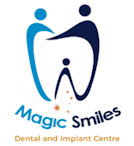
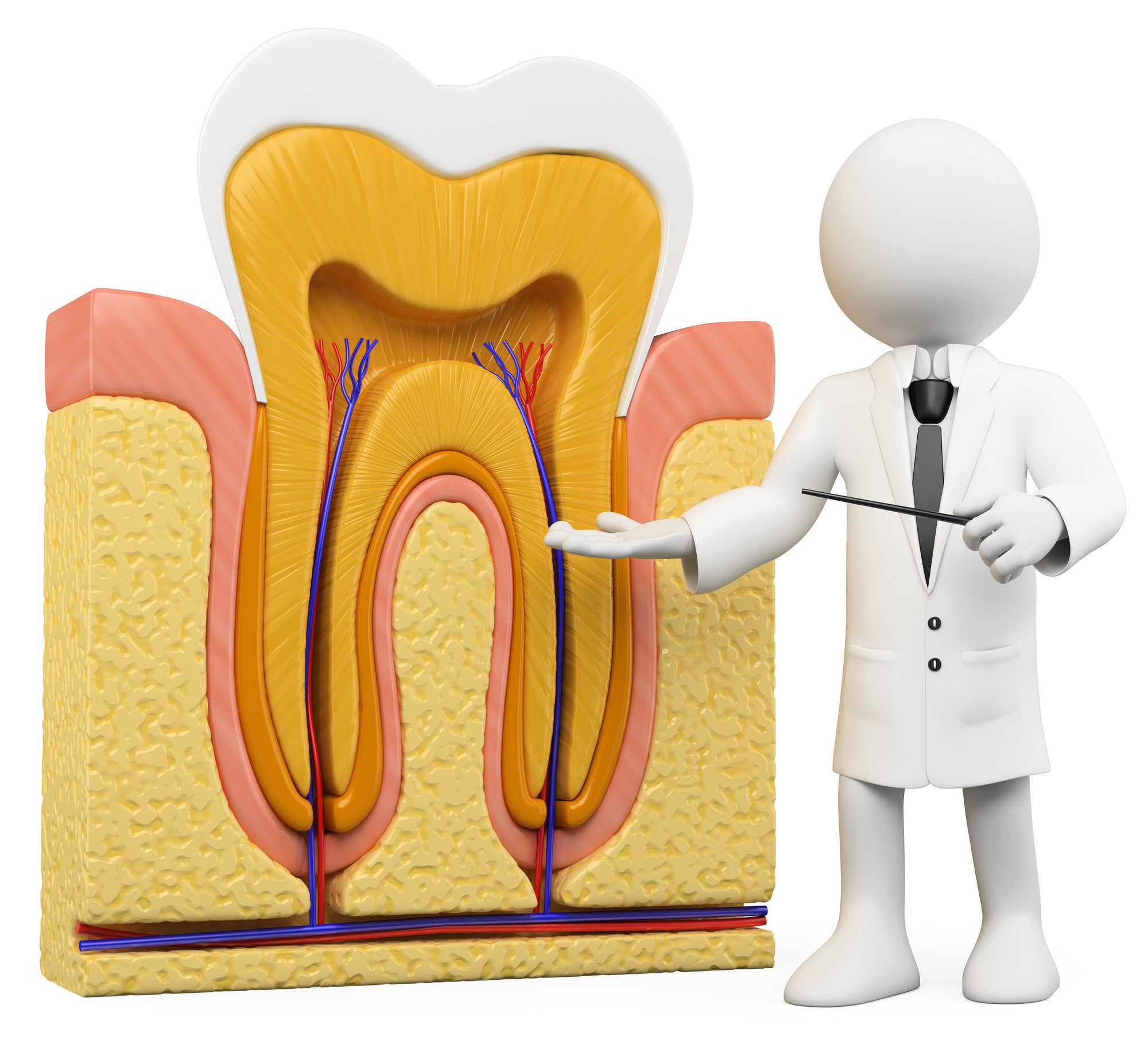

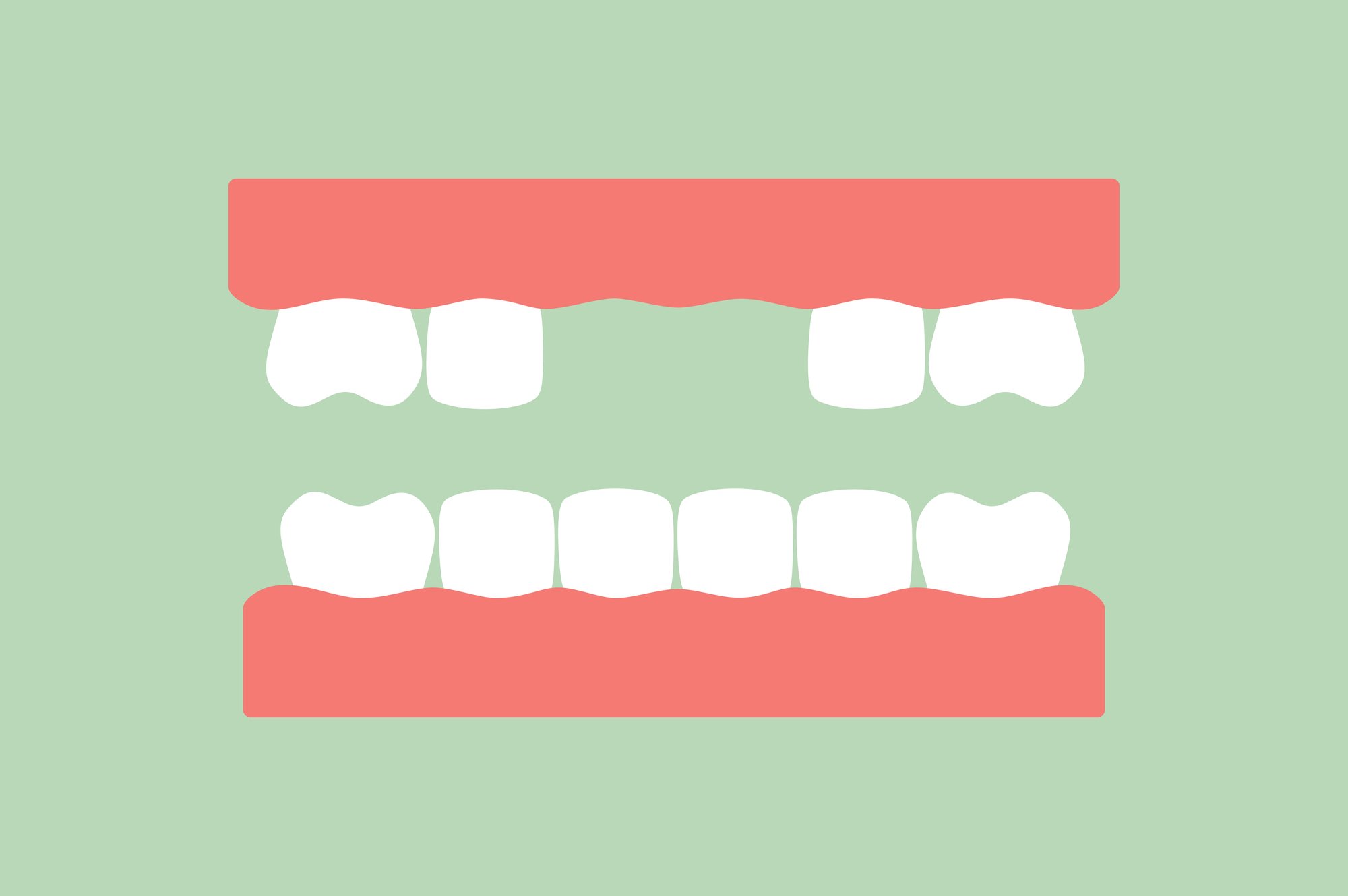
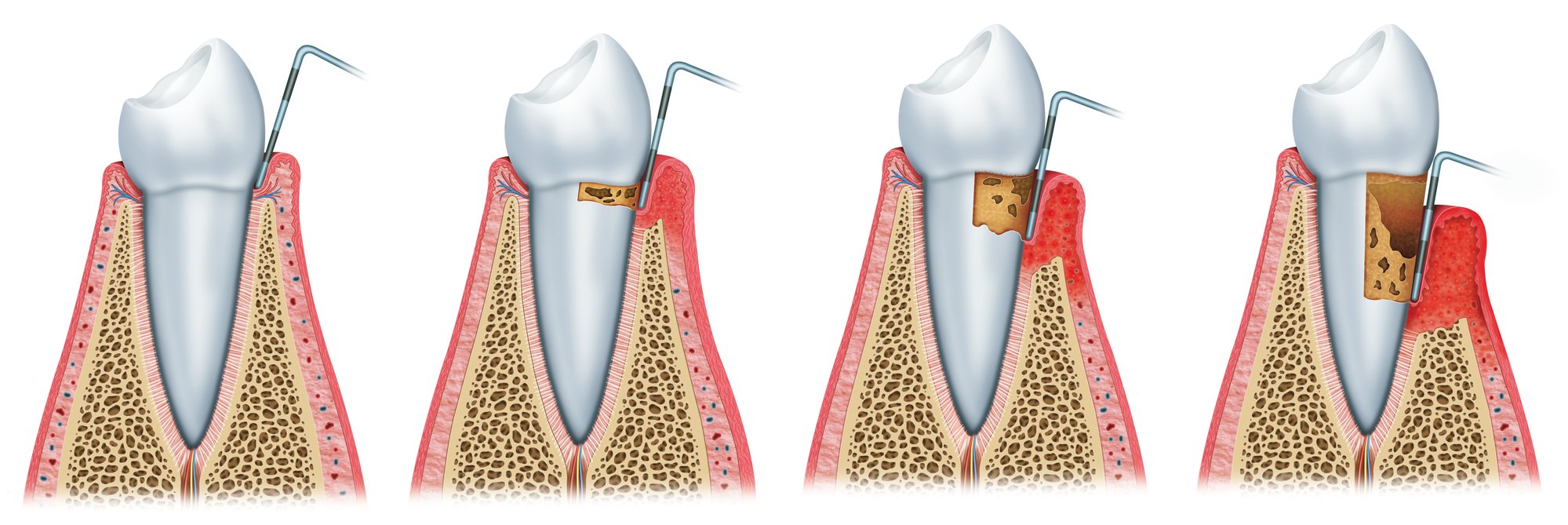

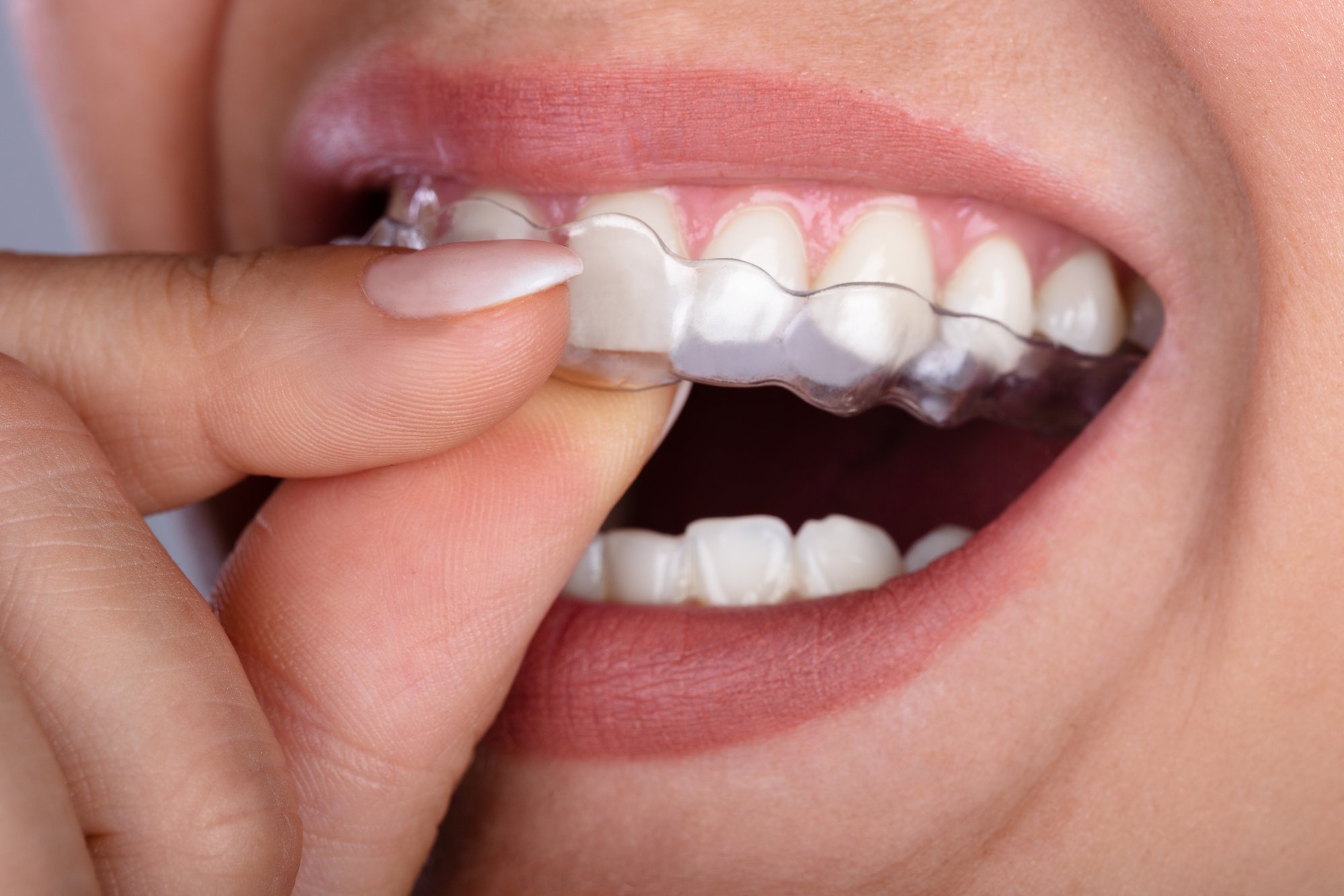
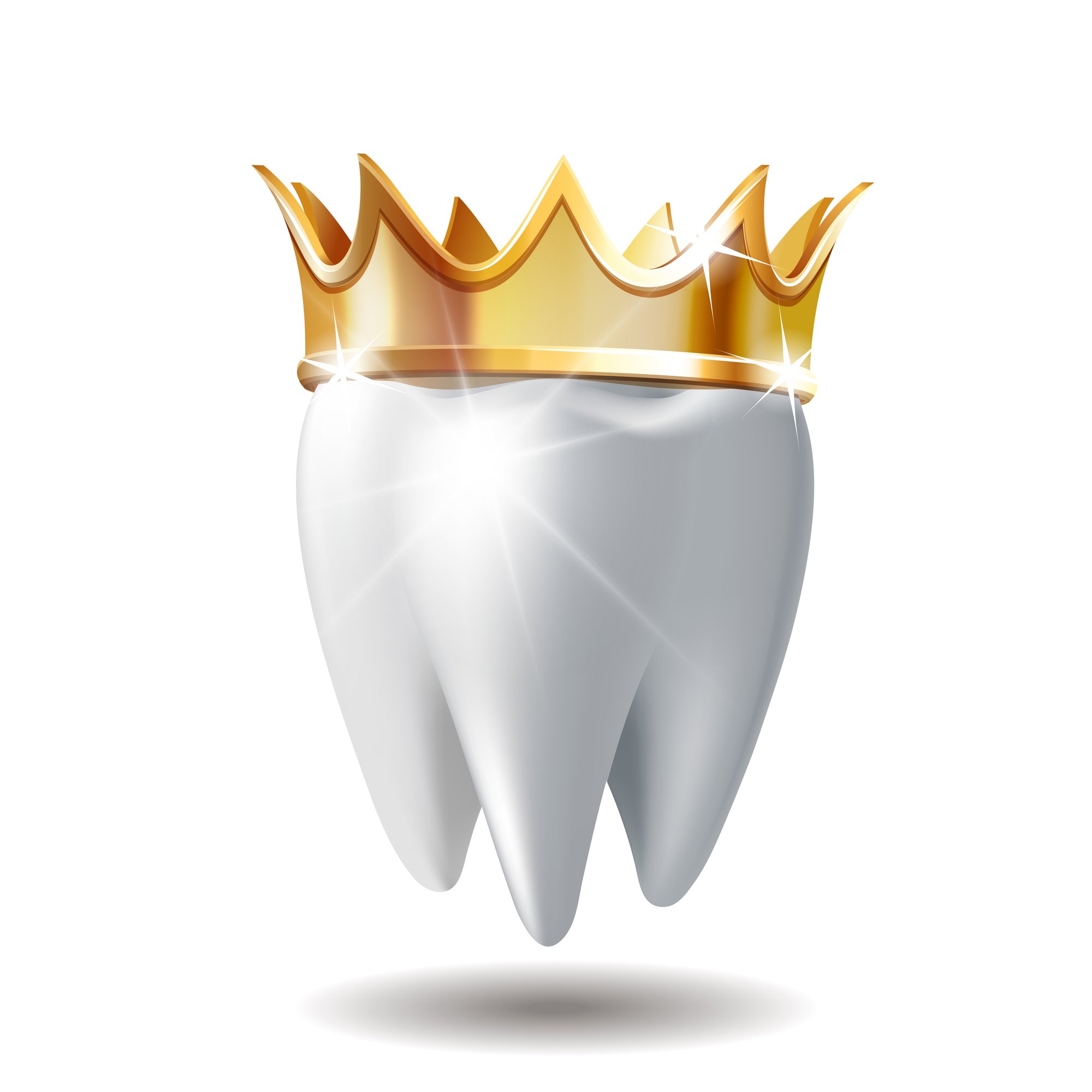




Recent Comments